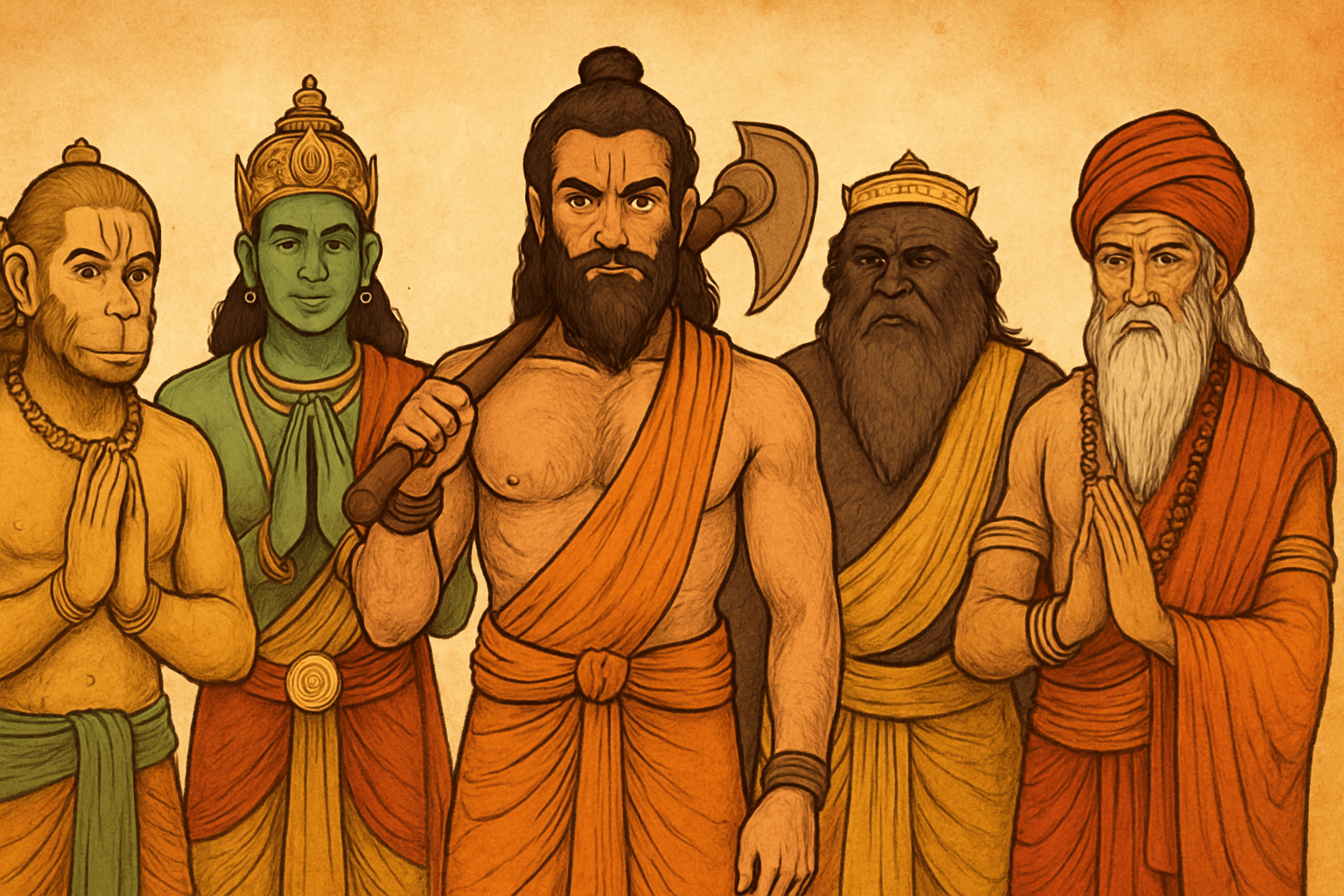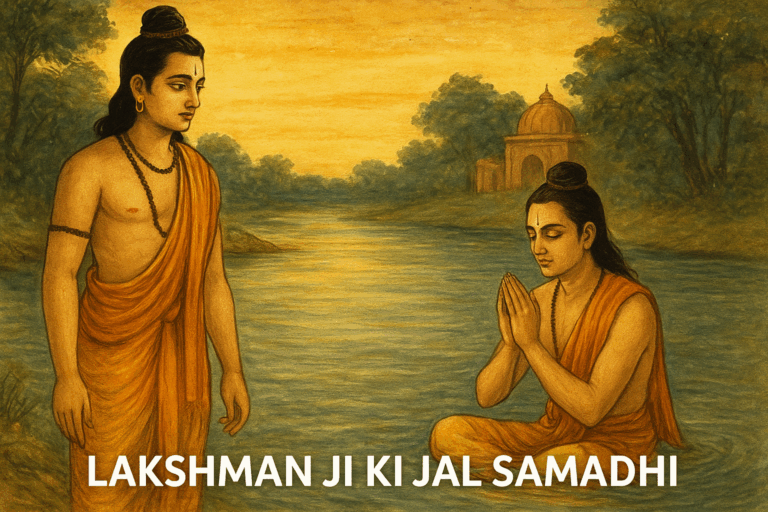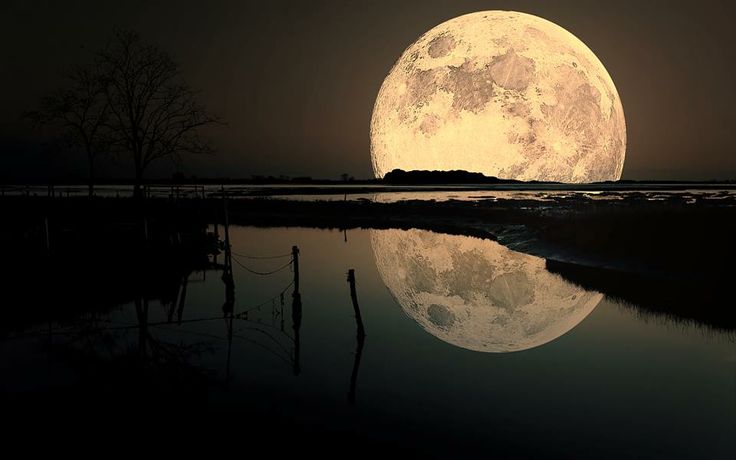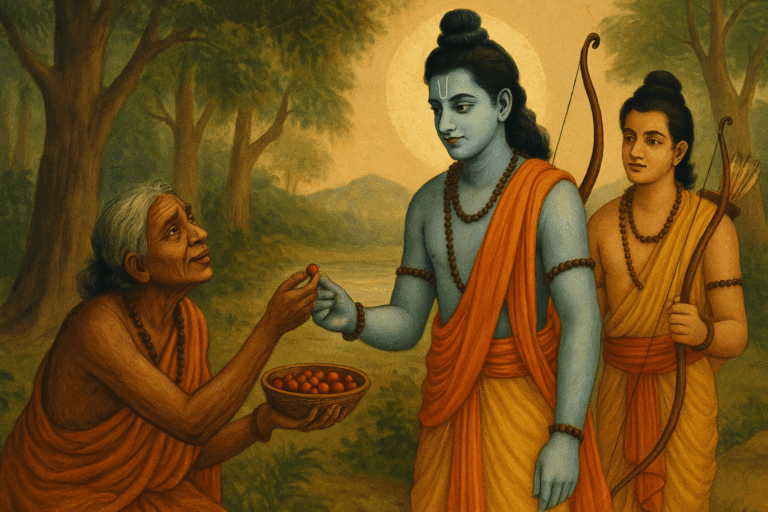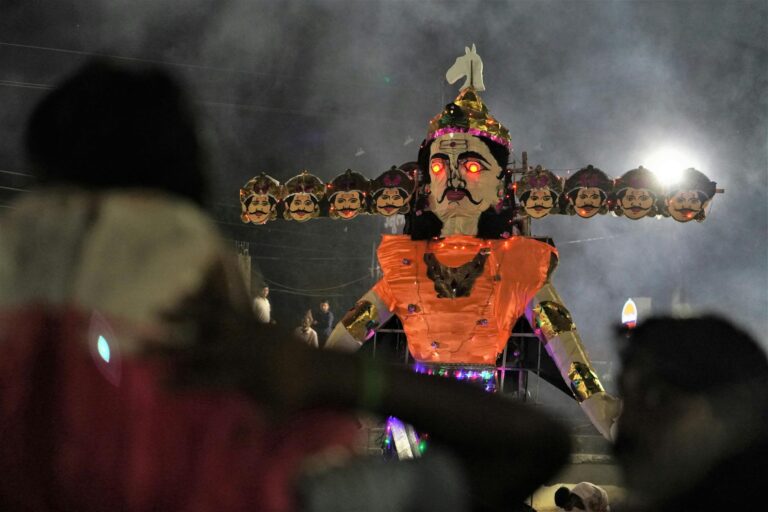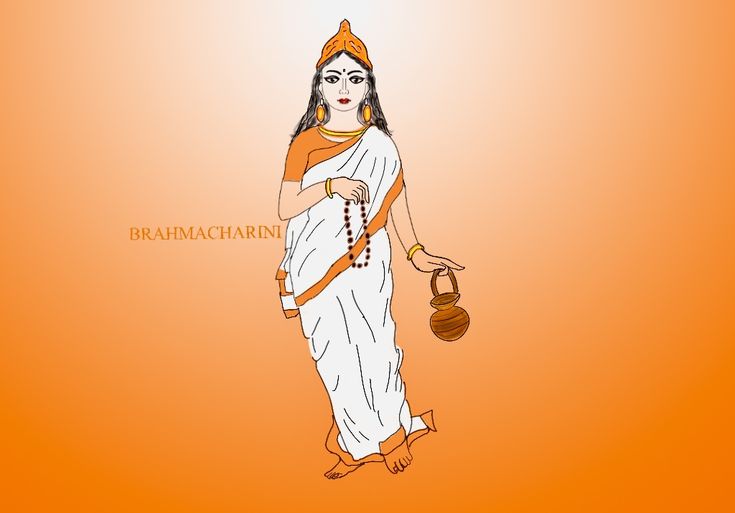When most people think of the Ramayana and the Mahabharata, they see them as two separate epics—distinct in era, cast, and storyline. One is the saga of the ideal king; the other, a cosmic battlefield of dharma and adharma. What’s often overlooked is that these epics, written thousands of years apart, are not disconnected narratives—they are linked revelations in a larger spiritual continuum.
And one of the most intriguing ways this connection reveals itself is through timeless characters—beings who appear in both texts, sometimes in the same form, sometimes subtly altered, but always holding symbolic and spiritual significance.
This isn’t just literary coincidence. It’s a demonstration of Sanatan Dharma’s cyclical understanding of time, where truth, virtue, and destiny re-emerge across yugas, wearing new masks but playing similar roles.
Let’s look at five such extraordinary figures.
1. Hanuman
In the Ramayana:
Hanuman, the son of Vayu and a devout servant of Shri Rama, is perhaps the most famous vanara in all of Hindu tradition. Known for his strength, devotion, and unwavering surrender, Hanuman plays a pivotal role in the Ramayana—from leaping across the ocean to find Sita to burning down Lanka and bringing the Sanjeevani herb.
In the Mahabharata:
Most people don’t realize that Hanuman appears in the Mahabharata too—but not as a warrior. He meets Bhima, his spiritual brother (since both are sons of Vayu), in the Himalayas during Bhima’s search for the Saugandhika flower. When Bhima arrogantly tries to move a monkey’s tail blocking his path, he fails—only to realize it’s none other than Hanuman himself. Hanuman teaches him humility and blesses him.
Later, Hanuman is also present symbolically on Arjuna’s flag (Kapi Dhwaja) during the Kurukshetra war, representing strength and divine support.
The Deeper Meaning:
Hanuman bridges the two epics as the living embodiment of devotion (bhakti), humility, and divine service. He doesn’t age. He doesn’t fade. He continues his vow of serving the Supreme in every yuga. His presence in both epics reminds us that devotion is not limited by time.
2. Vibhishana
In the Ramayana:
Vibhishana, the righteous brother of Ravana, defects from the side of adharma to serve Rama. After the war, Rama crowns him as the king of Lanka and blesses him with immortality for his unwavering dharma.
In the Mahabharata:
Though not directly named in action, Vibhishana is said in various regional and Vaishnavite traditions to be still alive during the Mahabharata period, ruling Lanka as a just king. His continued existence across the yugas, like Hanuman, links the two epics.
The Deeper Meaning:
Vibhishana’s role teaches us that dharma can emerge from anywhere—even from within the house of a demon. He’s a timeless figure because he represents moral courage—the strength to stand against your own blood for the sake of truth. His presence across both epics speaks to the eternal nature of righteousness, no matter the epoch.
3. Parashurama
In the Ramayana:
Parashurama is the sixth avatar of Vishnu, born to rid the world of corrupt Kshatriyas. He appears after Rama breaks Shiva’s bow during Sita’s swayamvara. Parashurama confronts Rama, recognizing his identity not just as a prince—but as the next avatar of Vishnu. He bows out, marking the passing of divine responsibility.
In the Mahabharata:
Parashurama plays a larger role here. He’s the guru of Bhishma, Karna, and Drona, all key figures in the epic. His training shapes the next generation of warriors, though he often warns them of their egos and destiny. He even curses Karna after discovering his lie about being a Brahmin.
The Deeper Meaning:
Parashurama is a link between the Treta and Dwapara Yuga, holding both divine and mortal qualities. As a Vishnu avatar who doesn’t leave the world, he becomes a recurring catalyst—an instrument of dharma through both knowledge and ferocity.
4. Jambavan
In the Ramayana:
Jambavan, the bear-king (Riksharaj), is one of the oldest characters in the Ramayana. Created by Brahma himself, Jambavan fights valiantly in Rama’s army and even reminds Hanuman of his own powers during the search for Sita.
In the Mahabharata:
Jambavan reappears during the Syamantaka jewel episode, which overlaps the Mahabharata and Krishna’s life. When Krishna goes to retrieve the jewel, he battles Jambavan in a duel that lasts 21 days. Finally, Jambavan recognizes Krishna as an incarnation of Rama and offers his daughter Jambavati in marriage to him.
The Deeper Meaning:
Jambavan’s presence in both eras is symbolic of the continuity of devotion across avatars. He serves Rama, and later surrenders to Krishna, understanding they are one and the same. His life spans both epics, acting as a living bridge between them.
5. Maya Danava
In the Ramayana:
Maya, the brilliant architect of the Asuras, is mentioned as the father-in-law of Ravana (his daughter Mandodari marries the demon king). He is known for building intricate, magical structures.
In the Mahabharata:
Maya returns in the service of the Pandavas. After Arjuna spares his life during a battle with Krishna, Maya offers his architectural talents in gratitude. He goes on to construct the Maya Sabha, the magical palace of illusions in Indraprastha, which later becomes the stage for Duryodhana’s humiliation.
The Deeper Meaning:
Maya’s appearance in both epics represents how shakti (creative energy) is neutral—it can serve adharma or dharma depending on who wields it. In the Ramayana, his genius is used in a demonic context; in the Mahabharata, it aids the righteous. This shows the transformative power of redemption.
More Than Just Reappearances
These five are just the beginning. There are subtle threads that suggest other timeless presences too:
- Narada Muni, the celestial sage, appears throughout both epics, sowing seeds of destiny and carrying divine messages.
- Durvasa, the irascible yet powerful rishi, appears in both as well, his blessings and curses altering the flow of fate.
- Lord Vishnu, in different avatars—Rama and Krishna—reveals how consciousness evolves, but truth remains the same.
Why These Characters Matter Today
In a world obsessed with linear history, the Ramayana and Mahabharata offer something richer—a cyclical worldview where archetypes return, truths resurface, and dharma must be re-understood in each age.
These recurring characters aren’t just nostalgic callbacks. They’re eternal forces. They teach us that whether it’s Treta Yuga or Dwapara Yuga—or even today—the same inner battles rage on. The same virtues must be chosen. The same inner Ravanas and Duryodhanas must be defeated.
And through it all, some beings keep walking among us—as teachers, guides, warnings, or protectors.

